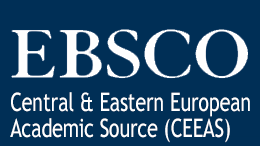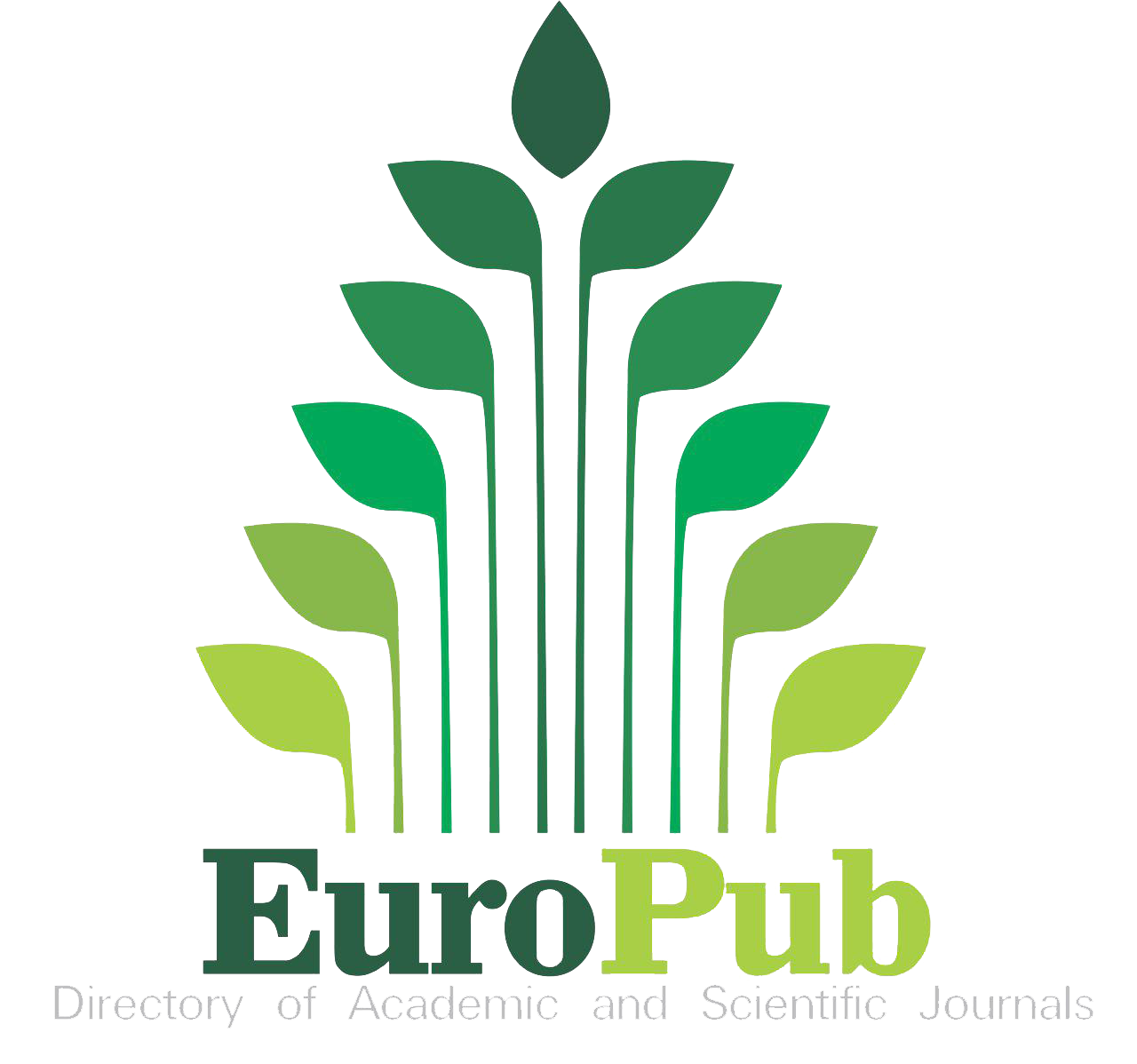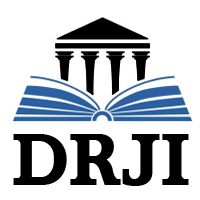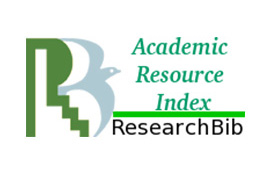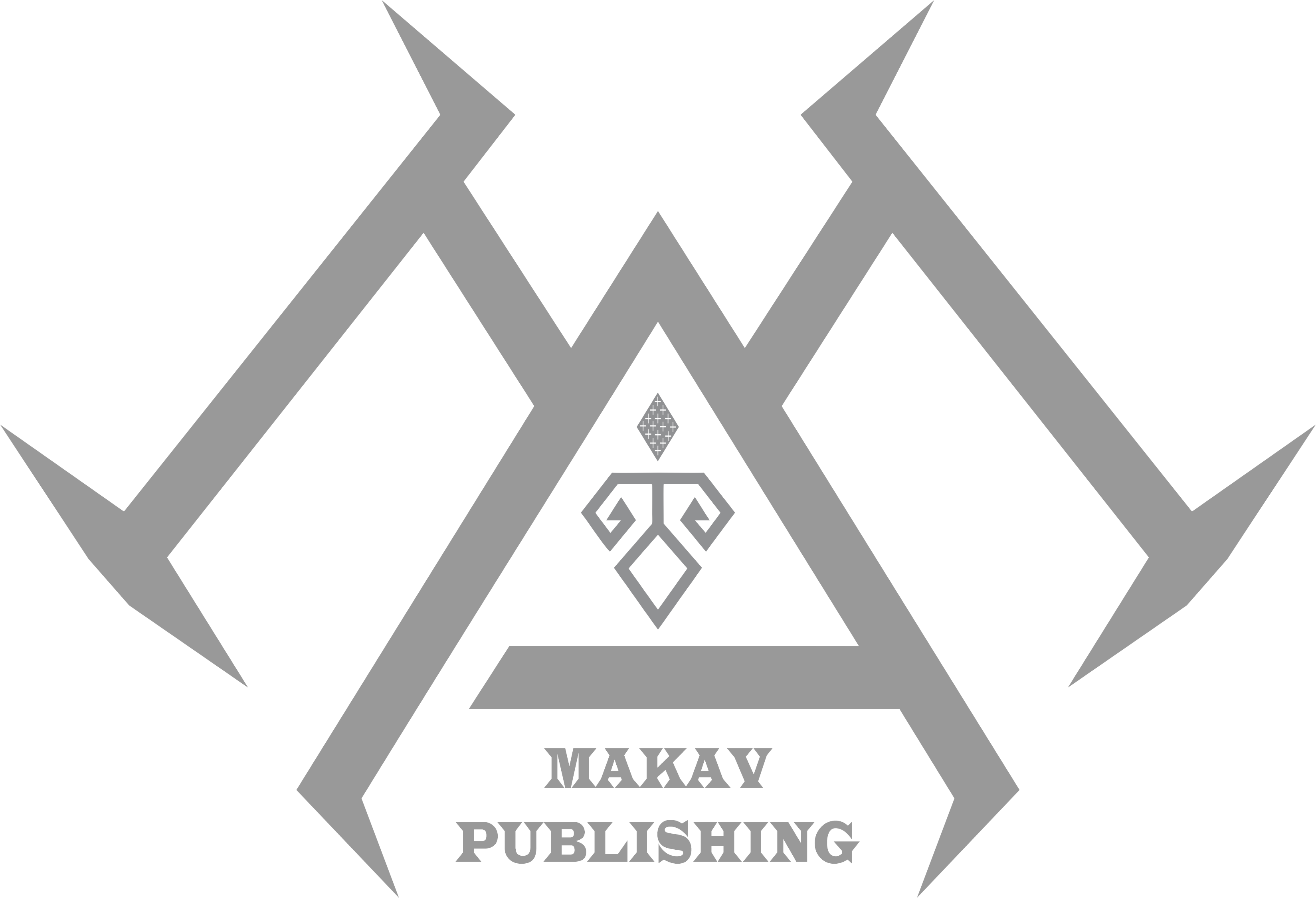Writing Rules
Review Process: Double-blind peer review
Preparation of the Manuscript
The manuscripts submitted for publication should be prepared in the format of Times New Roman style, font size 12, A4 paper size, 1.5 line spacing, and 2.5 cm margins of all edges.
Page numbers should be added to the bottom left corner continuously.
The legend or caption of all illustrations such as figure and table and their appropriate position should be indicated in the text.
Refer to tables and figures in the main text by their numbers. Also figure legends explanations should be given at the end of the text.
Title page
A separate title page should be submitted with all submissions and this page should include:
The full title of the manuscript as well as a short title (running head) of no more than 50 characters
Name(s), affiliations, city, country, and ORCIDs of the author(s)
Grant information and detailed information on the other sources of support
Name, address, telephone (including the mobile phone number or other phone number), and email address of the corresponding author
Acknowledgment of the individuals who contributed to the preparation of the manuscript but who do not fulfill the authorship criteria.
Abstract
An abstract should be submitted with all submissions except for Letters to the Editor.
Abstracts of articles should not be structured with subtitles.
Please check Table 1 below for word count specifications.
Keywords
Each submission must be accompanied by a minimum of four to a maximum of six keywords for subject indexing at the end of the abstract.
The keywords should be listed in full without abbreviations.
The key words of the articles should be selected from the Turkish Science Terms (Türkiye Bilim Terimleri) or MeSH (Medical Subject Headings) terms.
Manuscript Types
Original Articles
This is the most important type of article since it provides new information based on original research.
Acceptance of original papers will be based upon the originality and importance of the investigation.
The main text of original articles should be structured with Introduction, Materials and Methods, Results, and Discussion and Conclusion subheadings.
An original article can be signed by maximum 12 authors unless it is a multi-center study or that it required extensive labour.
Please check Table 1 for the limitations for Original Articles.
Statistical analysis to support conclusions is usually necessary. Statistical analyses must be conducted in accordance with international statistical reporting standards. Information on statistical analyses should be provided with a separate subheading under the Materials and Methods section and the statistical software that was used during the process must be specified.
Units should be prepared in accordance with the International System of Units (SI).
Reviews
Reviews prepared by authors who have extensive knowledge on a particular field and whose scientific background has been translated into a high volume of publications with a high citation potential are welcomed.
These authors may even be invited by the journal. Reviews should describe, discuss, and evaluate the current level of knowledge of a topic in clinical practice and should guide future studies.
The subheadings of the review articles should be planned by the authors. However, each review article should include an “Introduction” and a “Conclusion” section.
Please check Table 1 for the limitations for systematic review articles.
Technical Note
A technical note is a brief description of a technique, procedure, modification of a method, or new equipment related to laboratory animals.
It should include a brief introduction followed by the Technique section for case reports or Methods section for case series, and Discussion is limited to the specific message, including the uses of the technique, equipment, or software.
Literature reviews and lengthy descriptions of cases are not appropriate. The main text should be limited to 2000 words, and the number of cited references should not exceed 20.
The number of figures should be limited to a total of 6 images.
A maximum of 6 authors can sign a technical note.
Case Reports
There is limited space for case reports in the journal and reports on rare cases or conditions that constitute challenges in diagnosis and treatment, those offering new therapies or revealing knowledge not included in the literature, and interesting and educative case reports are accepted for publication.
The text should include an Abstract, Introduction, Case Presentation, Discussion and Conclusion.
A case report can be signed by maximum 8 authors.
Please check Table 1 for the limitations for Case Reports.
Letters to the Editor
This type of manuscript discusses important parts, overlooked aspects, or lacking parts of a previously published article. Articles on subjects within the scope of the journal that might attract the readers’ attention, particularly educative cases, may also be submitted in the form of a “Letter to the Editor.”
Readers can also present their comments on the published manuscripts in the form of a “Letter to the Editor.”
Abstract and Keywords should not be included. The text should be unstructured.
Table 1. Limitations for each manuscript type
|
Type of manuscript |
Word limit |
Abstract word limit |
Reference limit |
Author limit |
Table limit |
Figure limit |
|
Original Article |
5000 |
350 |
50 |
- |
8 |
10 |
|
Short communications |
3000 |
250 |
30 |
8 |
1 |
3 |
|
Review Article |
8000 |
350 |
70 |
8 |
8 |
15 |
|
Case Report |
2200 |
350 |
25 |
8 |
1 |
8 |
|
Letter to the Editor |
1000 |
No Abstract |
10 |
6 |
1 |
3 |
Tables
Tables should be included in the main document, presented after the reference list, and they should be numbered consecutively in the order they are referred to within the main text. A descriptive title must be placed above the tables.
Abbreviations used in the tables should be defined below the tables by footnotes (even if they are defined within the main text).
Tables should be created using the “insert table” command of the word processing software and they should be arranged clearly to provide easy reading.
Data presented in the tables should not be a repetition of the data presented within the main text but should be supporting the main text.
Tables should supplement, not duplicate the text/figures. The tables must be numbered and cited in order as they first appear in text, and each must have a precise heading. Please use an Times New Roman font for the tables in a 10-point size.
Figures
Figures should be submitted as separate files (in JPEG format) through the submission system. The files should not be embedded in a Word document or the main document.
When there are figure subunits, the subunits should not be merged to form a single image. Each subunit should be submitted separately through the submission system.
The minimum resolution of each submitted figure should be 300 DPI. To prevent delays in the evaluation process, all submitted figures should be clear in resolution and large in size (minimum dimensions: 100 × 100 mm). Figure legends should be listed at the end of the main document.
Abbreviations
All acronyms and abbreviations used in the manuscript should be defined at first use, both in the abstract and in the main text. The abbreviation should be provided in parentheses following the definition.
Name of the product
When a drug, product, hardware, or software program is mentioned within the main text, product information, including the name of the product, the producer of the product, and city and the country of the company (including the state if in USA), should be provided in parentheses in the following format: “Discovery St PET/CT scanner (General Electric, Milwaukee, WI, USA)”
Referred
All references, tables, and figures should be referred to within the main text, and they should be numbered consecutively in the order they are referred to within the main text.
References
Both in-text citations and the references must be prepared according to the AMA Manual of style (American Medical Association 11th edition).
While citing publications, preference should be given to the latest, most up-to-date publications. Authors are responsible for the accuracy of references If an ahead-of-print publication is cited, the DOI number should be provided.
Journal titles should be abbreviated in accordance with the journal abbreviations in Index Medicus/MEDLINE/PubMed. When there are six or fewer authors, all authors should be listed. If there are seven or more authors, the first three authors should be listed followed by “et al.”
In the main text of the manuscript, references should be cited in superscript after punctuation. The reference styles for different types of publications are presented in the following examples.
Journal Article:
Kuru M, Sogukpinar O, Makav M, Cetin N. Effect of barium selenate injections on fertility of Pirlak ewes subjected to estrus synchronization during non-breeding season. Med Weter. 2017;73(8):479-482. doi: 10.21521/mw.5758
Book:
Harwood D, Mueller K. Goat Medicine and Surgery. CRC Press Taylor & Francis Group; 2018. doi: 10.4324/9781315152233
Book Section:
Kuru M, Kükürt A, Oral H, Öğün M. Clinical use of progesterone and its relation to oxidative stress in ruminants. In: Drevensek G, ed. Sex Hormones in Neurodegenerative Processes and Diseases. IntechOpen; 2018:303-327. doi: 10.5772/intechopen.73311
Conference Proceedings:
Kuru M, Kaçar C, Demir MC, Kaya S, Kaya D, Oral H. The effect of the use of short-term or long-term progesterone impregnated intravaginal sponge on the pregnancy rate in lactating Gurcu goats outside of the breeding season. In: II. International Congress of Turkish Society of Veterinary Gynaecology. Antalya; 2019:305-306.
Thesis
Bartlewski P. The Relationships between Ovarian Antral Follicle Dynamics, Luteal Function and Endocrine Variables in Ewes. PhD Thesis. Western College of Veterinary Medicine, University of Saskatchewan; 2001.
Revisions:
When submitting a revised version of a paper, the author must submit a detailed “Response to the reviewers” that states point by point how each issue raised by the reviewers has been covered and where it can be found (each reviewer’s comment, followed by the author’s reply and line numbers where the changes have been made) as well as an annotated copy of the main document.
Revised manuscripts must be submitted within 30 days from the date of the decision letter. If the revised version of the manuscript is not submitted within the allocated time, the revision option may be canceled. If the submitting author(s) believe that additional time is required, they should request this extension before the initial 30-day period is over.
Accepted manuscripts are copy-edited for grammar, punctuation, and format by professional language editors. Once the publication process of a manuscript is completed, it is published online on the journal’s webpage as an ahead-of-print publication before it is included in its scheduled issue.
A PDF proof of the accepted manuscript is sent to the corresponding author and their publication approval is requested within 7 days of their receipt of the proof.
Before uploading the manuscript to the system, please ensure that it includes the following
headings.
Title
Short title (up to 50 characters)
Abstract
Keywords
Introduction
Materials and Methods
Results
Discussion
Conclusion
Notes (Information about any prior oral or poster presentations – Include the title of the
presentation, the name of the conference, date, and location) (If any)
Ethical approval
Authors contribution
Conflict of interest
Data availability
Acknowledgments
Funding statement
References


